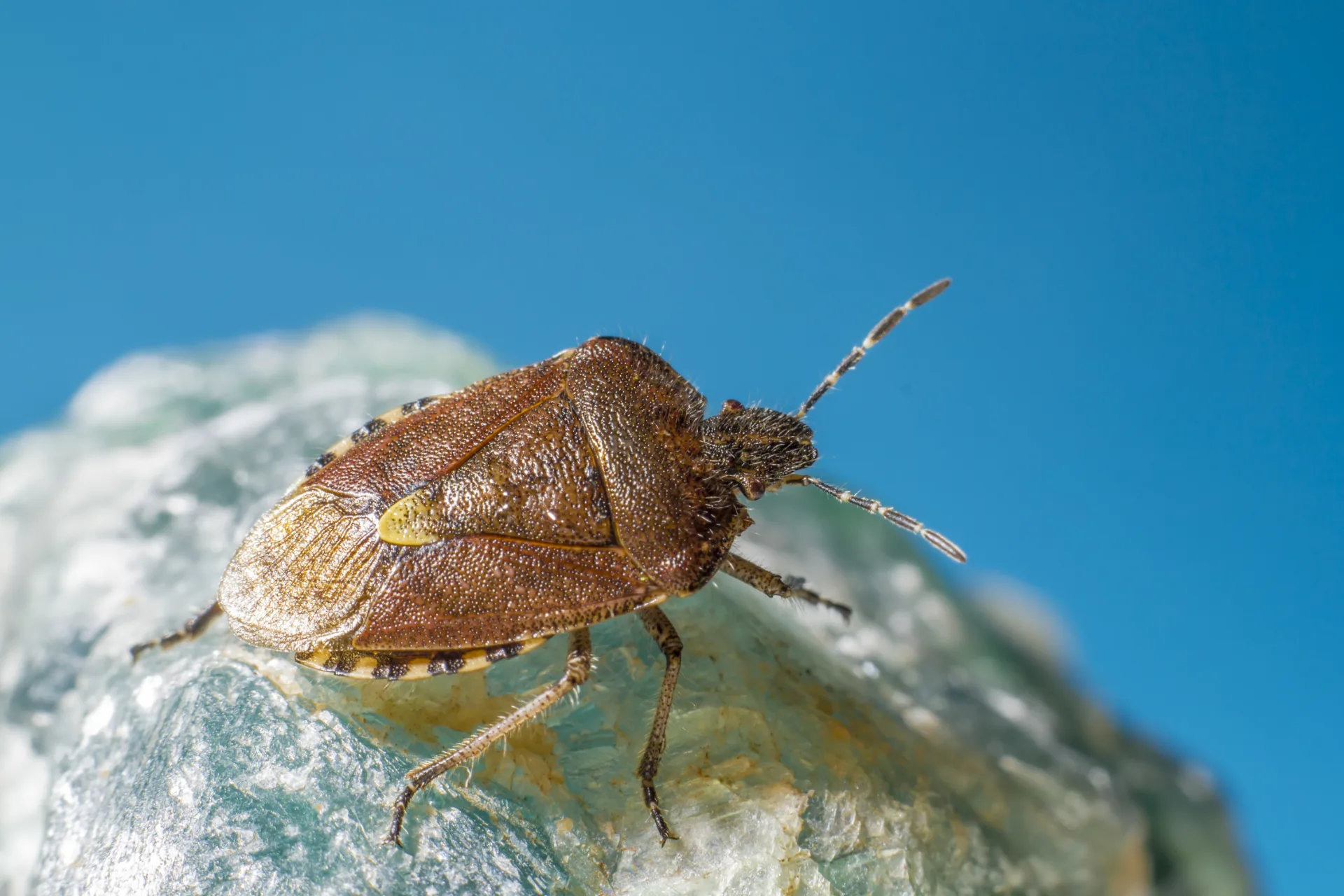Bed bugs are extremely resilient pests that have made quite the comeback in the last few decades, infesting homes, hotels, and other living spaces all over the world. Heat treatments are often the go-to professional solution for eliminating bed bugs, but many people wonder whether freezing temperatures can successfully kill these tony parasites. Understanding the cold tolerance of bed bugs and the specific temperature requirements to successfully get rid of them is important for anyone dealing with an infestation.
Understanding Bed Bug Cold Tolerance
Bed bugs use what scientists call “freeze-intolerant” strategies to survive in cold environments. This means that they lower the freezing point of their bodily fluids instead of letting ice crystals form inside their bodies. The temperature at which their body fluids actually freeze ranges from -21.3°C to -30.3°C (-6.3°F to -22.5°F) based on their different life stages. Eggs have the lowest supercooling point, which means they can withstand the cold temperatures the best. However, bed bugs die at temperatures much higher than their actual freezing point. This means they can be exposed to cold temperatures for a long time, even if their body fluids haven’t frozen solid.
Research has found that bed bugs cannot survive in temperatures below -31.2°C (-24.2°F). This is the lowest temperature at which 99% of bed bugs will die at all stages of life. This shows that while bed bugs do have some cold tolerance, they are actually freeze-intolerant insects that will eventually die if they are subjected to prolonged cold exposure.
https://pubmed.ncbi.nlm.nih.gov/24498745
Temperature and Time Requirements for Effective Control
When using cold tempertures to get rid of bed bugs, the amount of time they are exposed to the cold temperatures is very important. At -16°C (3.2°F), bed bugs in all stages of life must be exposed for at least 80 hours to achieve 100% mortality. Some individual bugs have been seen living through short-term exposures to temperatures as low as -25°C (-13°F), which shows just how resilient they are to brief cold snaps.
To kill bed bugs in your home freezer, temperatures must be below -17.8°C (0°F) for at least 3.5 days of continuous exposure for complete elimination. If freezer temperatures can be maintained below -20°C (-4°F), the exposure time can be decreased to 48 hours. These timeframes take into account the resistance levels at different life stages. For example, eggs are typically more resistant to cold than adult bed bugs.
Practical Limitations of Freezing Treatment
While freezing can work well for treating small infested items, it doesn’t work well for whole-room or large-scale treatments. Research shows that bed bugs can survive temperatures above -12°C (10.4°F) even after one week of constant exposure. This means that normal household freezers, which tend to operate around -18°C (0°F), must maintain consistent temperatures for several days to be effective.
The density and depth of items being treated also affects the penetration of the colder temperatures. It can take up to 15 days at 0°C (32°F) to kill adult bed bugs and 30 days to kill eggs that are not protected. If the bugs or their eggs are hidden deep inside the items, it can take even longer. This longer timeframe makes freezing impractical for many household items and shows how important it is to use temperatures that are low enough.
Best Practices for Freezing Treatment
If you want to use freezing as a control method, you need to make sure everything is properly prepared. Before you put anything into the freezer that might be infested, it needs to be put into a plastic bag. This is important because it prevents bed bugs from escaping and possibly infesting other areas of the freezer. Bagging also protects items from moisture damage and condensation that can occur during the freezing process.
For the best results, maintain freezer temperatures at or below -17.8°C (0°F) and make sure your items remain frozen for at least 3.5 days. If your freezer can hold temperatures below -20°C (-4°F), the treatment time can be reduced to 48 hours. Always verify that your freezer is maintaining consistent temperatures throughout the entire treatment period, as any temperature fluctuations can allow some bed bugs to survive.
While freezing is a chemical-free alternative for treating small infested items, it’s important to understand that this method requires precise temperature control and longer exposure times. Professional heat treatment or integrated pest management methods are often more effective and reliable than just freezing methods alone if you want to get rid of bed bugs completely.
https://www.sciencenews.org/blog/wild-things/bedbugs-survive-cold-not-too-long


